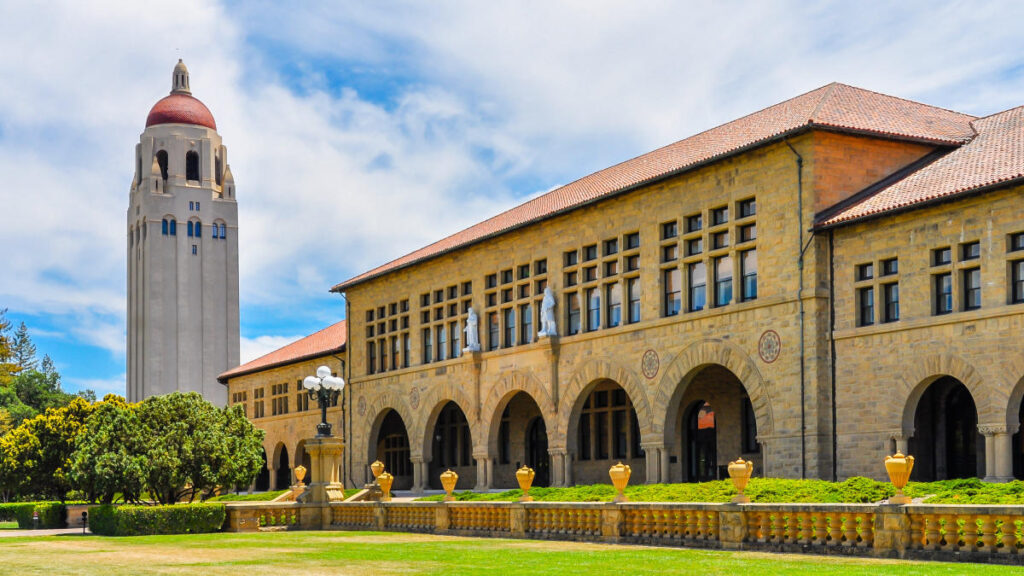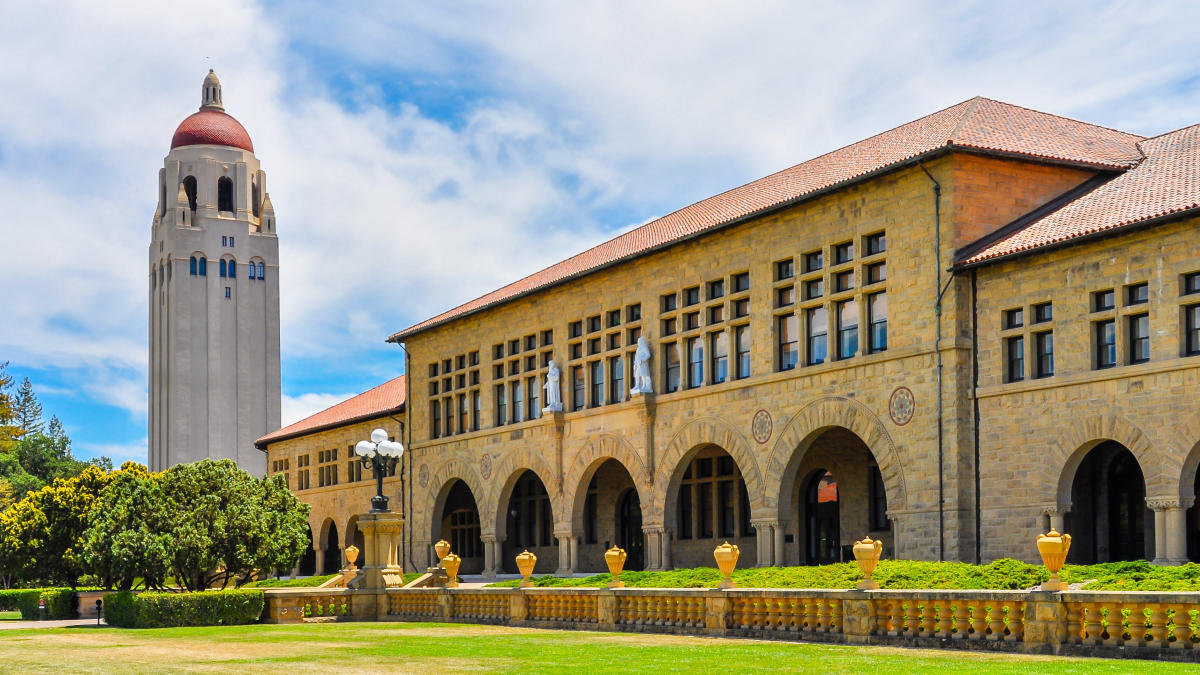Introduction:
Stanford University, a world-renowned institution, stands as a beacon of academic excellence and innovation. Located in the heart of Silicon Valley, Stanford is not just a university; it’s a hub of groundbreaking research, technological advancements, and a nurturing environment for intellectual curiosity. Let’s explore the geographical context of Stanford University and the unique attributes that make it a globally recognized center for learning and innovation.
Geographical Location:
Stanford University is situated in Stanford, California, USA. The university campus spans over 8,180 acres of picturesque land on the San Francisco Peninsula. Specifically, it is located in the city of Stanford, which is adjacent to Palo Alto. The university is conveniently positioned between San Francisco and San Jose, making it easily accessible to the vibrant and dynamic culture of the Bay Area.

Silicon Valley Connection:
One of the defining features of Stanford University’s location is its proximity to Silicon Valley, a global technology and innovation hub. Silicon Valley is home to some of the world’s most influential tech companies, startups, and venture capital firms. Stanford’s close relationship with this tech epicenter has played a pivotal role in fostering an environment of innovation and entrepreneurship on campus.
Innovation Ecosystem:
Stanford University has a long-standing tradition of fostering innovation and entrepreneurship. The university’s location at the epicenter of Silicon Valley provides students and faculty with unparalleled access to industry leaders, cutting-edge research opportunities, and a supportive ecosystem for startups. This unique blend of academia and industry collaboration has resulted in the creation of numerous successful companies that have transformed industries.
Campus Highlights:
The Stanford campus itself is a blend of architectural beauty and state-of-the-art facilities. The Main Quad, the Hoover Tower, and the Rodin Sculpture Garden are just a few of the iconic landmarks that define the university’s landscape. The university’s commitment to sustainability is evident in its innovative green initiatives and eco-friendly practices.
Stanford’s campus is not only a place for academic pursuits but also a melting pot of diverse cultures and ideas. The university’s commitment to diversity and inclusion is reflected in its student body, faculty, and the myriad of cultural events and activities that take place on campus.
Conclusion:
In conclusion, Stanford University’s geographical location is a crucial element of its identity. Nestled in the heart of Silicon Valley, Stanford has become a symbol of academic excellence, innovation, and collaboration between academia and industry. The university’s commitment to pushing the boundaries of knowledge and its role in shaping the future of technology and business make it a destination of choice for students and researchers from around the world. Stanford University’s unique blend of intellectual curiosity and entrepreneurial spirit continues to inspire and shape the leaders of tomorrow.
